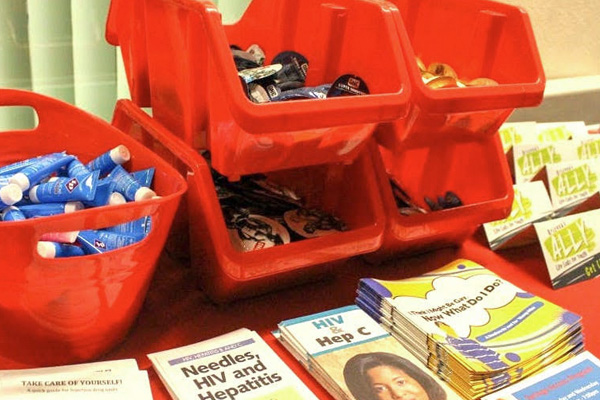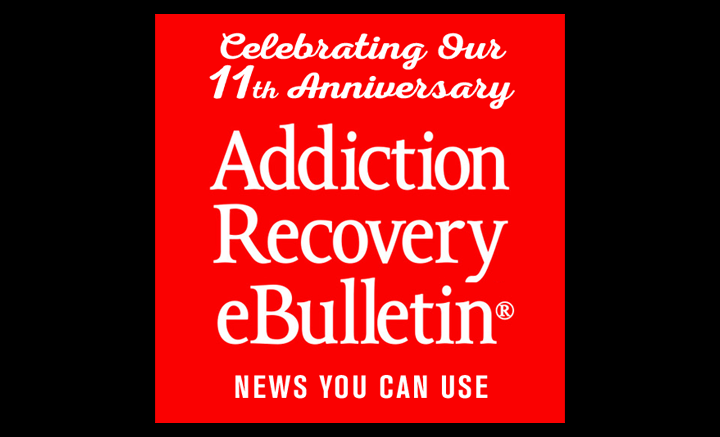Letting The Infection Proceed? –
April 16, 2020 – Ortega also said that when looking at syringe access programs, a harm reduction approach must be taken.
“The harm reduction approach really came out of [areas] like Amsterdam and the Netherlands. They were really looking at their injection drug using community and trying to really be like, you know, there’s a lot of negative health outcomes associated with drug use, including overdose and death,” Ortega said.
Miguel Soto, the HIV program coordinator at LifePoint, said that the syringe exchange program at LifePoint was operating twice a week but not having enough program funding forced them to reduce to once a week.
“The program here at LifePoint has been active since 1996,” Soto said. “Previously, we were operating Wednesdays and Fridays, but we’ve had to reduce that to only Fridays because of underfunding.”
The syringe access program at LifePoint is run by Pima County, which according to Christopher Thomas, the Sonoran Prevention Works overdose prevention coordinator, is quite ironic.
“There’s a distinct irony in the fact that you can access a program, a public health program that’s provided by the county, and then walk two blocks away and be arrested for what you just got from the county,” Thomas said. “It’s a very distinct irony there.”
If the Arizona Syringe Service Bill were to pass and syringe access programs were to be legalized in the state, these programs would be able to receive the funding that they need.
“If we had legalized syringe service programs, we could get the money from primarily private, private grants and funders to run these programs,” Thomas said. “And those programs would pay for themselves if we prevented one or two HIV infections a year.”



